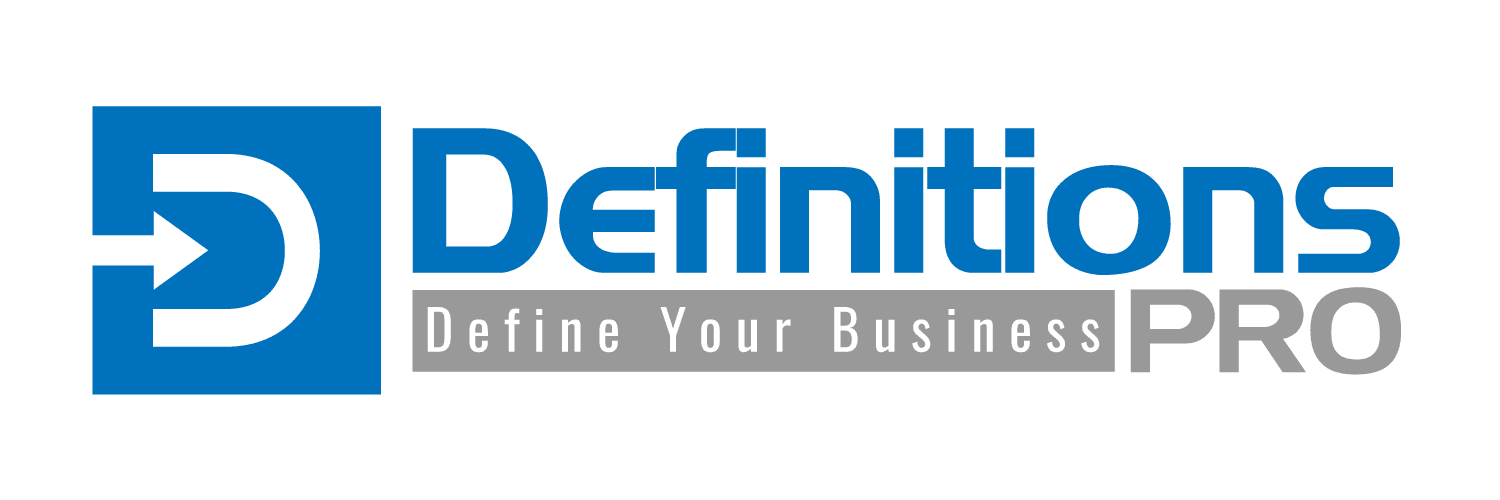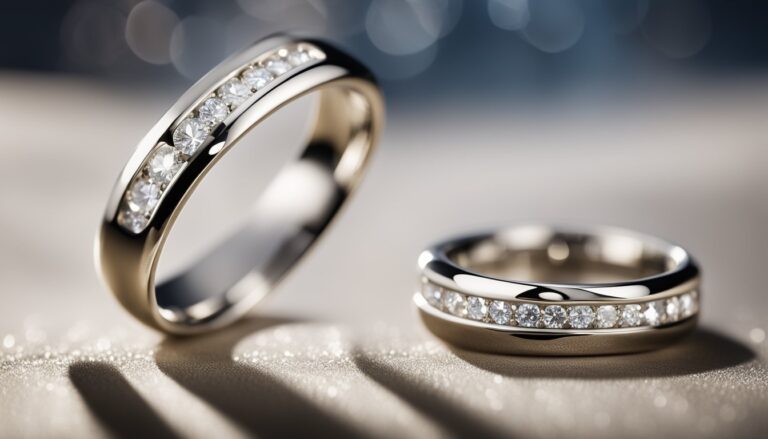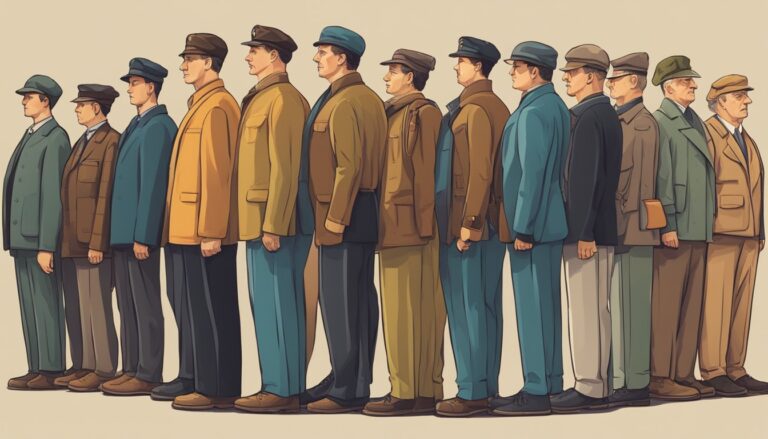Acne Scar Treatments
Effective Strategies for Smoother Skin in Kingston, Ontario
Acne scars can feel like a stubborn reminder of old breakouts, but don’t worry there’s hope. Treatments really can make a difference in how these marks look.
These acne scars show up when inflamed acne damages the deeper skin layers. This damage leads to depressions, raised spots, or changes in skin texture that stick around long after the pimples are gone.
I’ve watched so many people deal with the emotional fallout from acne scars. Oddly enough, scars often affect self-confidence even more than the acne itself.
Different types of acne scars respond better to specific treatments. It’s pretty important to figure out your scar type before you decide what to do.
Whether you’re looking at professional help or trying things at home, understanding your scars really helps. Picking the right therapies—and keeping your expectations realistic—can make all the difference.
There are plenty of options out there, from lasers and peels to topical products and new tech. You can check out some choices here.
Understanding Acne Scars
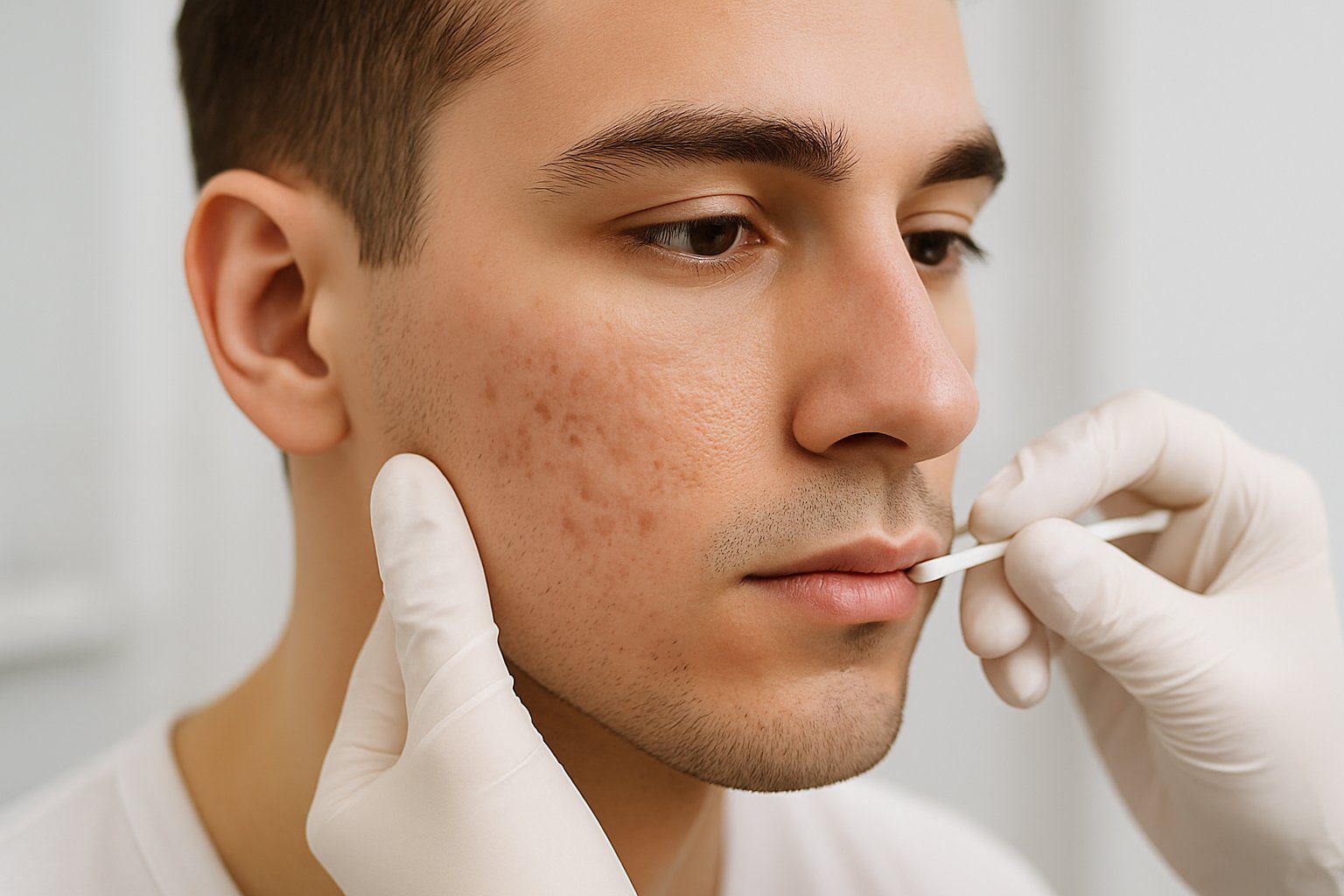
Acne scarring happens when breakouts get inflamed and mess with the skin’s healing process. This disrupts normal collagen production.
How badly you scar depends on how your skin reacts to inflammation and tries to repair itself.
How Acne Causes Scarring
When I think about how acne scars form, inflammation is always the starting point. Deep, angry pimples reach into the dermis—the skin’s support layer.
The inflammation destroys healthy tissue around your hair follicles. Your immune system sends in white blood cells to fight infection, but this battle can damage the collagen nearby.
Scars form when inflammation damages collagen and the surrounding skin. If you pick or squeeze pimples, you’re actually increasing inflammation and pushing gunk deeper.
Cystic acne is especially risky for scarring. These deep, painful bumps cause a lot of tissue damage, and your body can’t always fix it perfectly.
Where the acne pops up matters, too. Cheeks and jawline scars are more common than forehead scars, probably because of skin thickness differences.
Scar Tissue and Skin Healing
Your body tries to repair acne damage by making new collagen. But it doesn’t always get things back to normal.
If your body doesn’t make enough collagen, you get depressed or atrophic scars. Ice pick scars look like tiny punctures. Boxcar scars are wider, with sharp edges. Rolling scars create wavy dips in your skin.
If your body makes too much collagen, you end up with raised scars. Hypertrophic scars stay inside the original wound, while keloids can grow past it.
How fast you heal can affect scarring. Wounds that heal slowly or get infected over and over are more likely to leave marks.
Age, genetics, and skin type all play a part in how your skin recovers.
I always say, knowing what kind of scar you have is the first step to finding what really works.
Impact on Skin Texture and Self-Confidence
Acne scars change how light bounces off your face. Depressed scars make shadows, while raised ones catch the light in weird ways.
Scarred skin feels rough or uneven. Even makeup doesn’t go on smoothly—it’s just a pain.
A lot of people with acne scars feel less confident, both socially and at work. There’s research showing higher rates of anxiety and depression in folks with facial scars.
Since you can’t really hide your face, it’s easy to feel self-conscious. Even mild scarring can affect your daily life.
You might avoid bright lights, try new hairstyles to cover scars, or just feel awkward in conversations.
The emotional effects can stick around long after the acne is gone.
Types of Acne Scars
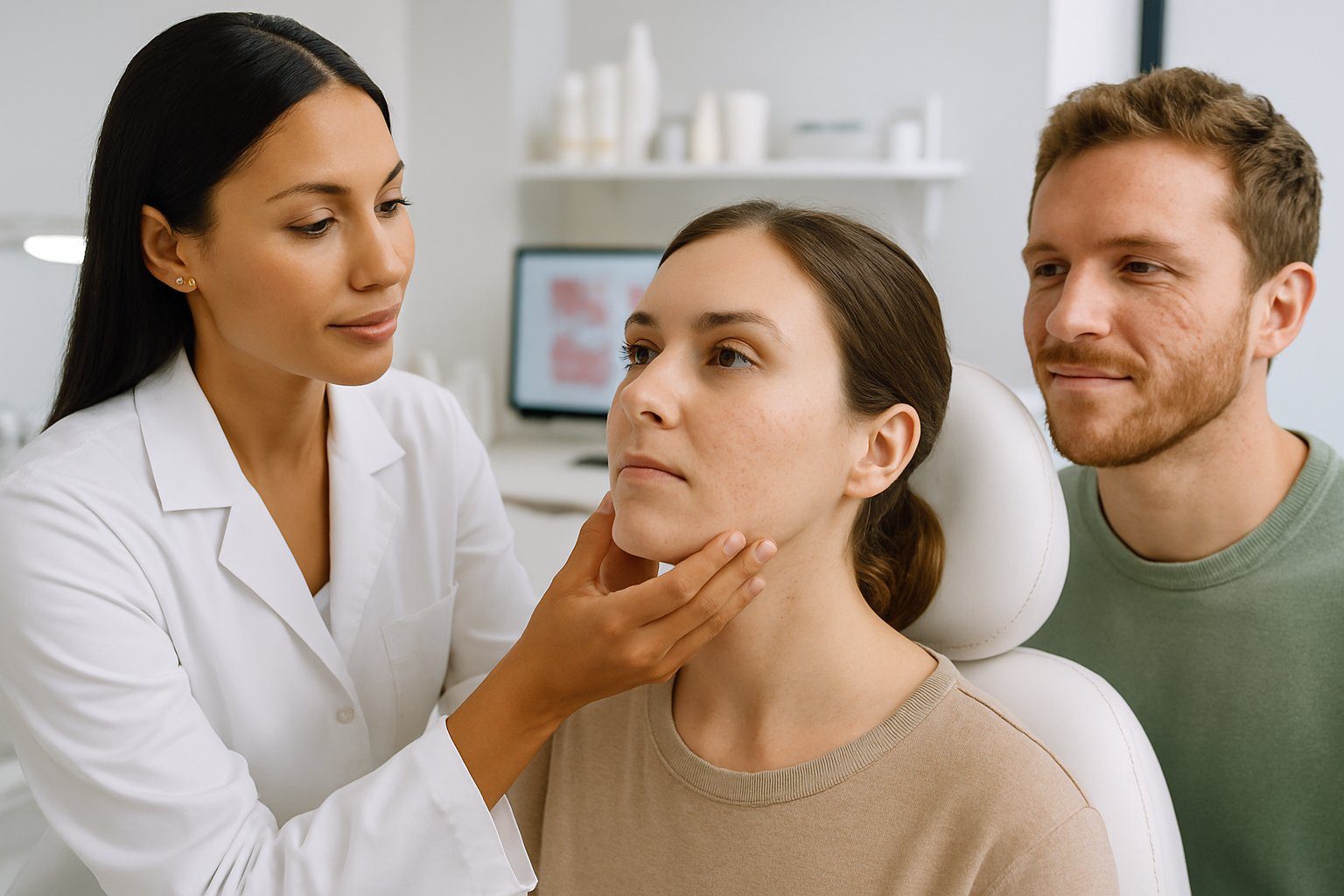
Acne scars usually fall into three main groups. Atrophic scars make dents, hypertrophic and keloid scars stick out, and post-inflammatory hyperpigmentation leaves behind dark spots.
Atrophic Scars: Ice Pick, Boxcar, and Rolling
Atrophic scars are the ones I see most often. They show up when your skin doesn’t make enough collagen after a breakout.
Ice pick scars are tiny, deep holes—almost like your skin was poked with a needle. They’re usually less than 2mm wide but can go pretty deep. You’ll often see them on the cheeks, and honestly, they’re tough to treat. Here’s more info.
Boxcar scars have sharp edges and a flat bottom, like little craters. They’re usually wider than ice pick scars, showing up on the lower cheeks or jaw.
Rolling scars create a wavy look. They have sloped edges and can be shallow or deep, making your skin look uneven.
All these atrophic scars come from inflammatory acne that damages the deeper layers. Picking at your skin usually makes things worse.
Hypertrophic Scars and Keloid Scars
Hypertrophic and keloid scars are the raised ones. They happen when your body goes overboard with collagen during healing.
Hypertrophic scars stay inside the original breakout area. They’re thick, raised, and feel firm. You’ll often find them on the chest, back, shoulders, and jawline.
Keloid scars are even more aggressive. They can keep growing past the original spot and might get itchy or sore. People with darker skin are more likely to get keloids.
These scars show up because the body keeps making collagen even after the wound is closed. Family history can play a part.
They can be pink, red, or darker than your skin. Sometimes they’re uncomfortable or just make you feel self-conscious.
Post-Inflammatory Hyperpigmentation
Post-inflammatory hyperpigmentation isn’t a true scar. It’s just leftover discoloration after acne heals.
Your skin makes extra melanin in response to inflammation, so you get dark spots or patches. These can be brown, black, red, or even purple, depending on your skin tone.
Darker skin usually gets more noticeable hyperpigmentation. The good news? These marks usually fade on their own.
Sun exposure makes the spots darker and slows down healing, so sunscreen really matters.
Unlike scars, hyperpigmentation doesn’t change how your skin feels. It’s just a color thing, not a texture thing.
Most of these spots fade within 6 to 12 months if you take care of your skin and protect it from the sun.
Professional Acne Scar Treatments
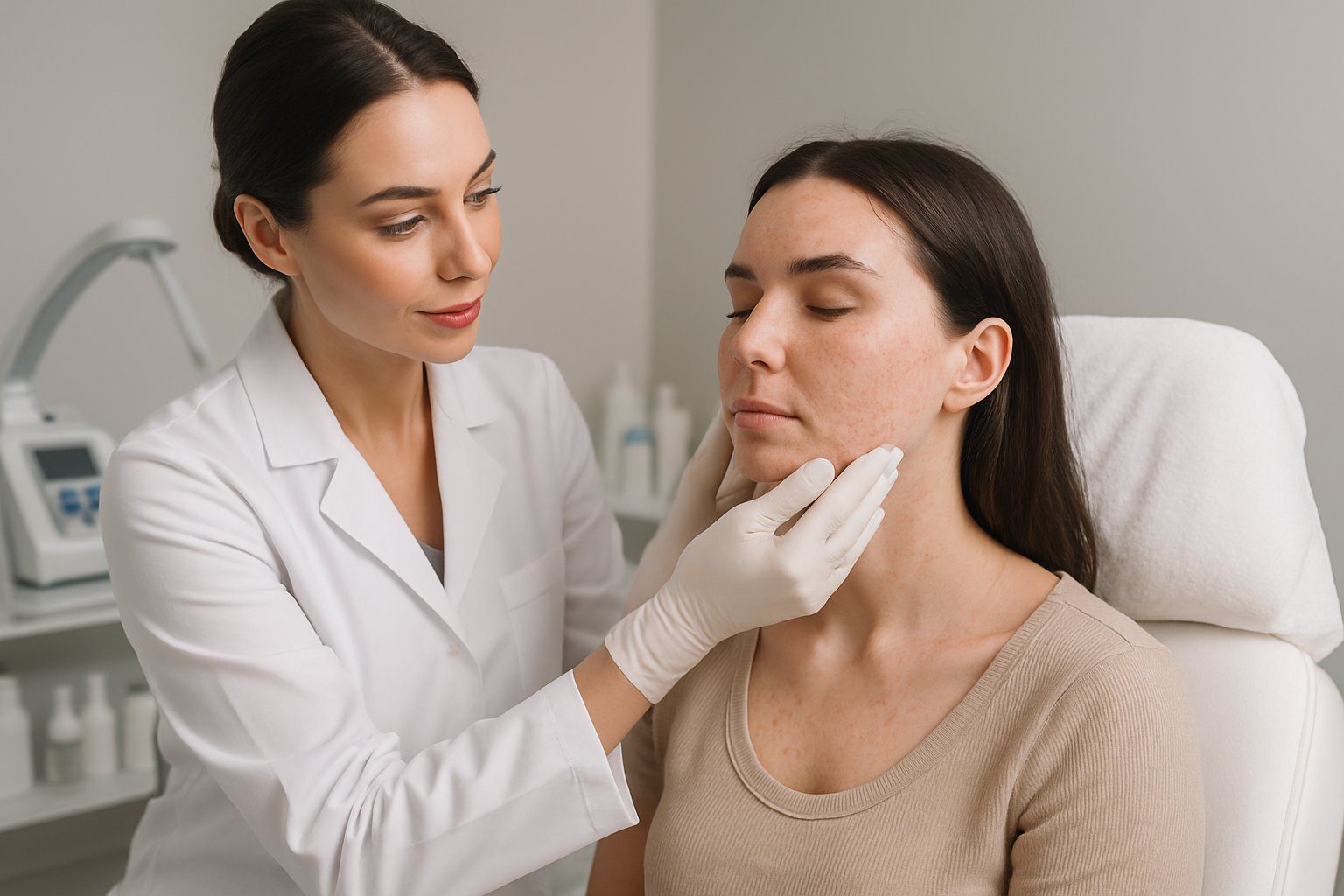
Professional acne scar treatments work by creating controlled injuries that boost collagen and smooth out scars. Options range from microneedling to lasers and even minor surgery.
Microneedling and Radiofrequency Microneedling
Microneedling uses tiny needles to poke the skin, which triggers healing and new collagen. Most people need 4-6 sessions, spaced about a month apart.
Downtime is short—just some redness for a day or two. It’s pretty tolerable.
Radiofrequency microneedling adds heat through the needles, going deeper and remodeling the skin more than regular microneedling.
The heat helps renew the skin and targets deeper scars. Recovery is a bit longer—maybe 3-5 days of redness and swelling.
Some folks notice smoother skin after just one treatment, but you’ll see the best results over several months.
Laser Resurfacing Options
Lasers use focused light to remove damaged skin and spur new growth. Different lasers work for different scar depths.
Fractional CO2 lasers treat tiny zones and leave the rest of the skin alone, so healing is faster but results are still strong.
Erbium lasers are gentler and better for sensitive skin or those who want less downtime.
CO2 laser resurfacing is the most intense. It can really help deep scars, but you’ll need up to two weeks to recover.
Usually, people need one to three laser sessions. I like to space them out by a couple of months so the skin can heal.
Professional laser treatments work much faster than creams or serums.
Subcision and Dermal Fillers
Subcision is a simple procedure where I use a needle to break up the bands pulling scars down. It’s especially good for rolling and some boxcar scars.
You’ll likely have some bruising and swelling for about a week.
Dermal fillers add volume beneath depressed scars. Hyaluronic acid fillers are popular because they blend well with your skin.
I often pair subcision with fillers for better results. The needle loosens the scar, and the filler lifts it up.
How much filler you need depends on the scar depth. Shallow scars need less, deep ones need more.
Fillers work right away but gradually fade over 6-18 months. Most people need touch-ups to keep things looking smooth.
Surgical and Excisional Techniques
Punch excision removes deep scars using a tiny circular blade. I stitch the area closed, so you get a fine line instead of a pit.
This works best for ice pick and narrow boxcar scars. It’s a quick, in-office procedure with local numbing.
Punch elevation cuts around a depressed scar and lifts it to match the skin’s surface. No tissue is removed—just repositioned.
You’ll need to keep stitches dry for about a week. Final results show up in a couple of months.
Some surgical techniques are the only way to fix certain scars. When less invasive treatments don’t work, surgery can help.
People sometimes combine excision with resurfacing for a smoother overall look.
Laser and Light Therapies

Laser therapies use focused light to treat scar tissue. Some lasers remove damaged skin layers, while others boost collagen deeper down.
Different wavelengths and settings work better for certain scar types. It’s not one-size-fits-all.
Ablative vs. Non-Ablative Lasers
Ablative lasers remove the outer skin layers to encourage new skin growth. The carbon dioxide laser and erbium laser are the ones I most often see used for acne scars.
Fractional CO2 laser treatments create tiny treated columns while leaving the surrounding skin untouched. This method shortens healing time compared to full-surface CO2 laser resurfacing.
Recovery from ablative treatments usually takes 1-2 weeks. During this period, patients deal with redness, swelling, and peeling.
Non-ablative lasers heat the deeper layers of skin without removing the surface. These treatments boost collagen with almost no downtime.
Most people need 3-5 non-ablative sessions to see results. Recovery usually means mild redness for just a couple of days.
| Type | Downtime | Sessions Needed | Effectiveness |
|---|---|---|---|
| Ablative | 1-2 weeks | 1-3 | High |
| Non-ablative | 2-3 days | 3-5 | Moderate |
Laser resurfacing treatments work differently depending on the specific technology.
Intense Pulsed Light and Pulsed Dye Laser
Intense pulsed light (IPL) uses broad-spectrum light to target red and brown discoloration from acne scars. IPL is gentler than traditional lasers but usually requires more sessions.
Most people need 4-6 IPL sessions spaced out every few weeks. In my experience, IPL works best for surface pigmentation rather than deep scars.
Pulsed dye laser focuses on blood vessels and redness in scars. This laser therapy approach is especially effective for raised, red scars.
The pulsed dye laser delivers yellow light at 585-595 nanometers. This wavelength reaches deep enough to reduce redness and flatten thickened scars.
Side effects can include temporary bruising for about a week. Some people notice mild swelling for a couple of days afterward.
Both IPL and pulsed dye laser sessions take only 15-30 minutes. Recovery is much easier compared to ablative laser resurfacing.
Topical and At-Home Treatments
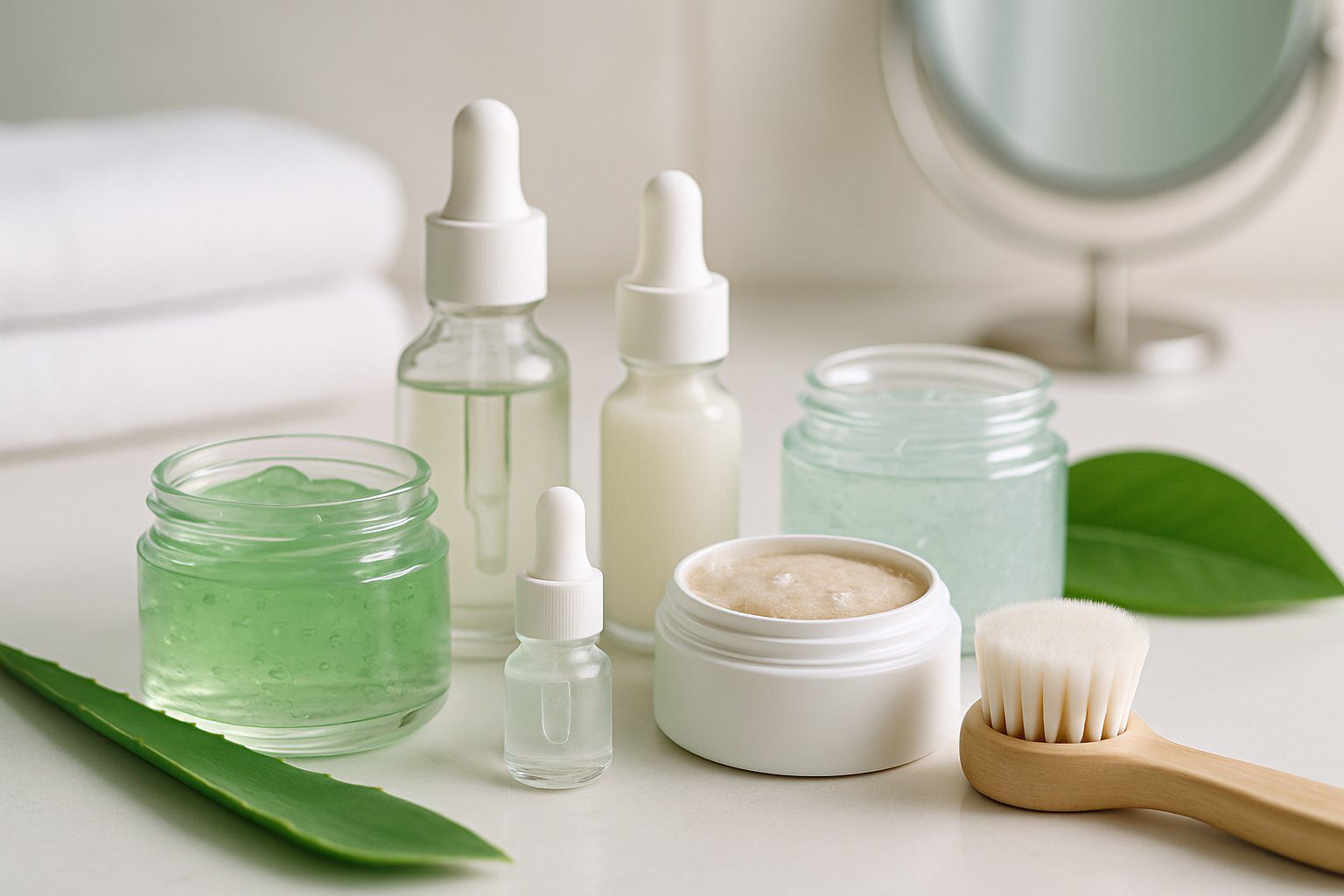
Plenty of treatments can be used at home to help fade acne scars without seeing a pro. Retinoids stimulate collagen production, chemical peels remove damaged skin, and scar creams with vitamin C slowly fade discoloration.
Retinoids and Prescription Creams
Retinoids, which are vitamin A derivatives, remain the gold standard for at-home acne scar care. They work by speeding up skin cell turnover and boosting collagen in deeper layers.
Retinol is the most common over-the-counter option. It must go through several steps in the skin before it becomes active retinoic acid. I suggest starting with low strengths like 0.25% to prevent irritation.
Adapalene is now available over the counter as Differin gel. It used to require a prescription.
Retinaldehyde converts to retinoic acid in just one step, so it’s more potent than regular retinol. Products with retinaldehyde often add glycerin and hyaluronic acid to help with irritation.
Retinoids can:
- Boost collagen
- Smooth skin texture
- Fade dark marks
- Reduce scar depth over 3-4 months
Start by using retinoids every other night for a month. If your skin tolerates it, increase to nightly use.
Chemical Peels and Exfoliation
Chemical peels use acids to slough off damaged skin and spark regeneration. Alpha hydroxy acids (AHAs) and beta hydroxy acids (BHAs) are the main ones for acne scars.
Glycolic acid is the smallest AHA and penetrates skin better. At-home products with 10-30% glycolic acid work well. It removes dead cells and helps trigger new collagen.
Salicylic acid, a BHA, dives into oily pores. It calms inflammation and exfoliates inside and out. I find 2% salicylic acid is a sweet spot for ongoing scar care.
Lactic acid is gentler than glycolic acid. It’s a good pick for sensitive skin but still helps with texture and tone.
Treatment pads with glycolic acid and niacinamide make daily exfoliation easy. These pads combine several actives for a more complete approach.
Weekly peel steps:
- Cleanse thoroughly
- Apply peel for 5-10 minutes
- Rinse with cool water
- Moisturize and use sunscreen
Scar Creams, Vitamin C, and Antioxidants
Scar creams mix several actives to tackle different parts of scarring. Most include antioxidants, peptides, and moisturizers.
Vitamin C serums help fade leftover dark spots. L-ascorbic acid at 15-20% delivers the strongest punch. Magnesium ascorbyl phosphate is gentler for sensitive skin.
Vitamin E helps skin heal and stay hydrated. It works together with vitamin C to boost antioxidant power and collagen.
Rosehip seed oil naturally contains vitamin C, vitamin A, and fatty acids. It improves texture and deeply moisturizes healing skin.
Niacinamide calms inflammation and controls oil. At 5-10%, it helps fade red marks and keeps new breakouts at bay.
Scar cream ingredients to look for:
- Peptides for collagen
- Centella asiatica for calming
- Ceramides to repair skin barrier
- Alpha arbutin for pigment control
Apply scar products twice a day after cleansing. Stick with it for 3-6 months to see real changes.
Adjunctive and Prevention Strategies
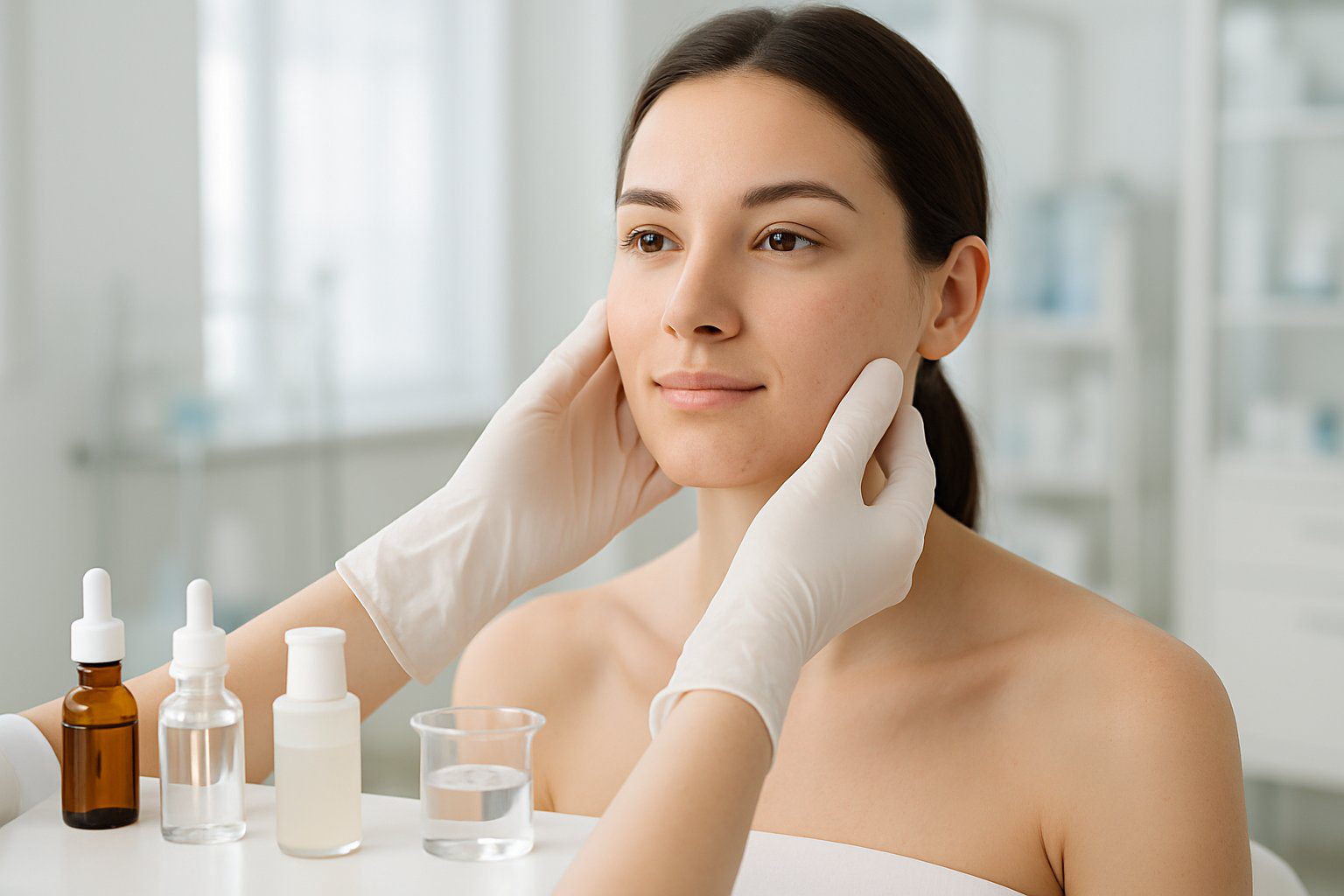
Beyond the main treatments, protective steps and add-on therapies can make a big difference in healing. Sun protection keeps scars from darkening, and products like silicone or targeted injections help with specific scar types.
Sunscreen and Sun Protection
Daily sunscreen is, honestly, the most important step to stop scars from getting darker or worse. UV rays trigger inflammation that sticks around and makes scars more obvious.
SPF 30 or higher is enough for most people with acne scars. I’ve found mineral sunscreens with zinc oxide are best for sensitive, healing skin since they don’t clog pores.
Fresh scars are especially sensitive to sun damage. I always urge patients to use sunscreen religiously for at least 6-12 months after a scar forms or gets treated.
Key benefits:
- Stops dark spots from forming
- Calms redness and swelling
- Shields healing skin from more harm
- Helps you keep results after treatments
You should reapply sunscreen every couple of hours if you’re outside. Hats and clothing add extra protection during peak sun.
Silicone Sheets and Gels
Silicone helps create a healing environment that flattens and softens raised scars. I recommend it mostly for hypertrophic and keloid scars, not for indented ones.
Medical-grade silicone sheets keep the scar moist and apply gentle pressure. Studies show improvements in scar texture and appearance after 12 weeks of steady use.
Wear silicone sheets for 12-24 hours each day. Most people notice changes within 4-6 weeks.
Silicone gels are a handy option for faces or tricky spots where sheets won’t stay in place. I tell patients to apply a thin layer twice a day to clean, dry skin.
Pros:
- Safe for long-term use
- Can use with other treatments
- No prescription needed
- Works for all skin types
But you have to be patient and consistent. I usually tell folks to stick with it for 3-6 months for the best outcome.
Steroid Injections and Cryotherapy
For thick, raised scars, I use targeted treatments that shrink scar tissue and lower inflammation. These are best for hypertrophic scars and keloids.
Steroid injections deliver corticosteroids straight into the scar. I usually pick triamcinolone acetonide at 10-40 mg/ml, depending on the scar and how people respond.
Sessions happen every 4-6 weeks. I keep a close eye on patients since too much treatment can thin the skin or leave a dent.
Cryotherapy freezes scar tissue to break it down. I use liquid nitrogen for 10-30 seconds per session.
It’s a good choice for small, raised scars. Sometimes the treated area looks lighter for a while, but this usually fades.
| Method | Best For | Sessions Needed | Side Effects |
|---|---|---|---|
| Steroid injection | Thick, raised | 3-6 | Skin thinning, depression |
| Cryotherapy | Small keloids | 2-4 | Temporary lightening |
I often mix these with other treatments for better results.
Factors Influencing Treatment Choice
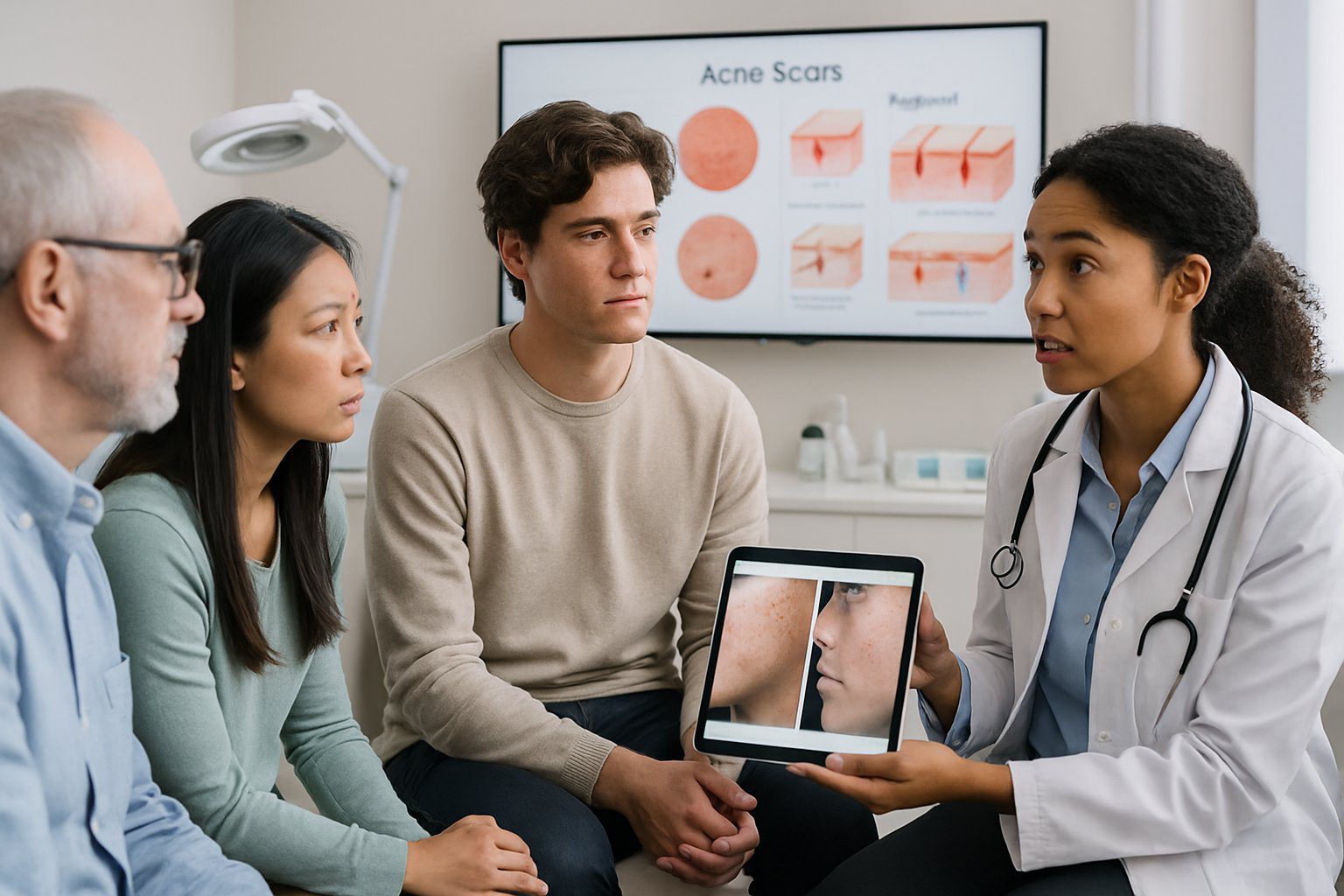
A lot of things decide which acne scar treatment will actually work for you. Scar type, your health, and a dermatologist’s advice all matter.
Assessing Scar Type and Depth
I need to figure out what kind of scars I’m dealing with before picking a treatment. Ice pick scars are narrow and deep, almost like tiny holes.
Boxcar scars are wider, with sharp edges and clear borders. Rolling scars make the skin look wavy and uneven.
How deep the scar goes is just as important as the type. Shallow scars often respond to topical treatments or light peels.
Deep scars usually need more intense options like lasers or fillers. The number of scars also matters.
A few isolated scars might just need spot treatments. If I have scars all over, I’ll probably need a more thorough approach that targets different scar types at once.
Having mixed scar types is super common. In that case, combination treatments usually make more sense than just one procedure.
Patient Age, Skin Type, and Overall Health
Age affects how quickly my skin heals and how it responds. Younger skin tends to bounce back faster.
Older skin might need gentler treatments and more time between sessions. My Fitzpatrick skin type also matters.
Lighter skin can usually handle stronger treatments. Darker skin is more prone to hyperpigmentation and might need a gentler approach.
Current health plays a role too. Active acne should be under control before starting scar treatment.
Certain meds, like blood thinners or immune suppressants, can limit my options. Lifestyle and time off matter as well.
Some treatments mean downtime for days or even weeks. I have to think about my work and social life before scheduling anything.
Pregnancy and breastfeeding limit what’s safe. Hormonal changes during these times can also affect how my skin heals.
Consulting With a Dermatologist
A dermatologist can really help by evaluating my specific scars and skin. They’ll spot scar types I might miss and recommend what works based on experience.
They might use special tools to check scar depth. That helps them predict which treatments are likely to work best for me.
Medical history is part of the process too. If I’ve reacted badly to products or procedures before, that guides the choice.
Dermatologists keep up with new acne scar therapies and combo treatments. Sometimes newer options are better than the old standbys.
They’ll also help set realistic expectations. A dermatologist can tell me what kind of results to expect, how many sessions I’ll probably need, and what risks or side effects are possible.
Acne Scarring Beyond the Face
Acne scars don’t just show up on your face. They can develop anywhere you get breakouts, and the chest and back are especially prone to tough scarring.
Each area and scar type needs its own treatment game plan.
Treating Surgical and Burn Scars
Surgical and burn scars aren’t the same as acne scars, but the way you treat them overlaps quite a bit. Because these scars tend to run deeper and cover more area, they usually need more aggressive care.
Laser therapy can make a big difference for both surgical and burn scars. Fractional CO2 lasers, for example, smooth out rough texture and help scars blend in more. The laser goes deep into the tissue, nudging your skin to make new collagen.
Microneedling with radiofrequency is another option, especially for scars that stick up. The process breaks up tough scar tissue and encourages your skin to heal itself. You’ll probably need several sessions to really notice a change.
Silicone gel sheets can flatten raised scars over time if you stick with them. I usually tell people to wear the sheets for 12 to 24 hours a day, and keep at it for a few months. They basically keep the scar moist and gently pressed down.
Steroid injections shrink thick, red scars by calming inflammation. Your doctor injects corticosteroids straight into the scar every few weeks, and you’ll see improvement as you go.
Managing Chest, Back, and Body Scarring
Acne scars on your body can be a real headache since the skin’s thicker and heals differently than your face. Atrophic acne scars on places like your chest or back often look deeper and can be tougher to treat.
Chemical peels can help with body scars. Trichloroacetic acid peels, in particular, work for mild to moderate scars and usually don’t require as much downtime as lasers.
Subcision is a solid pick for rolling scars on the body. The doctor slides a needle under the scar to break up the bands holding it down. This lets the sunken skin pop back up on its own.
Fractional laser treatments are pretty adaptable for body scars. Recent advances in treatment suggest that mixing and matching therapies can often give you better results.
Punch excision is best for those really deep ice pick scars. The surgeon just removes the whole scar and stitches up the spot. It’s a good way to handle scars that are too stubborn for other treatments.
Dermabrasion works well for larger areas with lots of scarring. This method sands down the top layer of skin, so smoother skin can grow back.
Frequently Asked Questions
People dealing with acne scars tend to ask the same things—mostly about what works, how long it’ll take, and whether it’s safe. Knowing your options and what to expect can make the whole process a lot less overwhelming.
What are the most effective in-office procedures for reducing the appearance of acne scars?
Laser resurfacing is a top pick for tackling acne scars. Fractional CO2 and erbium lasers create tiny, controlled injuries that push your skin to make more collagen and renew itself.
Chemical peels with trichloroacetic acid (TCA) or phenol can also make scars less noticeable. These peels strip away damaged layers and kickstart new skin growth.
Microneedling with radiofrequency uses tiny needles and heat to remodel scar tissue. It’s especially useful for rolling or boxcar scars.
Dermal fillers give instant results for some depressed scars. Hyaluronic acid fillers lift the skin for a while, and a few newer fillers can even prompt longer-term collagen growth.
Subcision breaks up the tough bands under certain scars. This minor surgery works well for rolling scars that pull the skin down.
How can I tell if my skin type is suitable for laser acne scar removal?
Your skin color matters a lot when it comes to lasers. People with lighter skin (Fitzpatrick types I-III) usually get the best results and have less risk of pigment changes.
Darker skin types need special lasers to avoid dark spots. Nd lasers at 1064nm are generally safer for deeper skin tones.
If you have active acne or you’ve been in the sun a lot recently, you’ll want to wait before getting laser treatments. I’d suggest clearing up breakouts and steering clear of sun for at least four to six weeks.
The type of scar you have also affects which laser to use. Ice pick scars might need punch excision first, while rolling scars often respond well to fractional lasers.
Your medical history can make a difference, too. If you’ve got a history of keloids, autoimmune issues, or certain meds, talk with your doctor about risks.
What over-the-counter products work best for fading acne scars?
Retinol speeds up cell turnover and can slowly fade mild acne scars. Start with a low dose like 0.25%, then work your way up as your skin gets used to it.
Vitamin C serums—especially those with L-ascorbic acid—help lighten dark marks left behind by acne. Aim for products with 10-20% concentration for the best shot at results.
Niacinamide, at 5-10%, calms redness and helps even out your skin tone. It plays nicely with other scar-fading ingredients.
Alpha hydroxy acids (AHAs) like glycolic acid gently exfoliate old, rough skin. Using a daily product with 5-10% AHA can smooth things out over time.
Hydroquinone at 2% is another option for dark spots, but use it carefully and for short periods to avoid side effects.
How long does it typically take to see improvement in acne scars with at-home treatments?
Dark marks usually start to fade within six to eight weeks if you stick with your routine. Pigmentation tends to improve faster than changes in skin texture.
If you’re hoping for smoother skin, plan on three to six months of consistent use with things like retinol or AHAs. These products work slowly but steadily.
Deeper scars can take six months to a year to budge, even with regular care. It’s a long haul, so try not to get discouraged.
Stronger, prescription products work faster than over-the-counter stuff. Tretinoin, for example, speeds things up compared to regular retinol.
Your skin naturally renews itself every 28 days or so. You’ll need at least two or three of these cycles before you see real change from topicals.
Are there any risks or side effects associated with chemical peels for acne scars?
Darker skin types are more likely to get hyperpigmentation after chemical peels, especially with deeper treatments or if you skip sunscreen afterward.
Infections can pop up if you don’t follow aftercare instructions. Keeping your skin clean and resisting the urge to pick at peeling spots lowers this risk.
Scarring is rare with properly done peels but goes up with deeper ones. Professional treatment planning helps keep this risk low.
Some people notice redness that sticks around for weeks after a medium peel. It usually fades, but sensitive skin might take longer to calm down.
Chemical burns can happen if the peel’s too strong or not applied right. Getting it done by a pro makes this much less likely.
Your skin will be way more sensitive to sun after a peel. Using sunscreen and staying out of the sun for several weeks is a must if you want the treatment to work—and to avoid problems.
What lifestyle changes can I make to help prevent future acne scarring?
Try not to pick or squeeze acne lesions. I know it’s tough, but this habit leads to the most scars you could actually avoid.
Treat active acne quickly. The sooner you start with the right medications, the less chance those spots get to turn into something worse.
Stick to gentle skincare products. Harsh scrubbing or using abrasive stuff just makes everything angrier and ups your risk for scars.
Keep up with sun protection every day. A good SPF 30 or higher keeps healing skin from turning into dark spots that never seem to fade.
Find ways to manage stress, whether it’s through exercise, better sleep, or just taking some time to relax. Stress ramps up inflammation, and honestly, your skin can tell.
Eat more anti-inflammatory foods like fish, berries, and leafy greens if you can. Sure, diet won’t magically prevent scars, but it helps your skin stay healthier overall.
